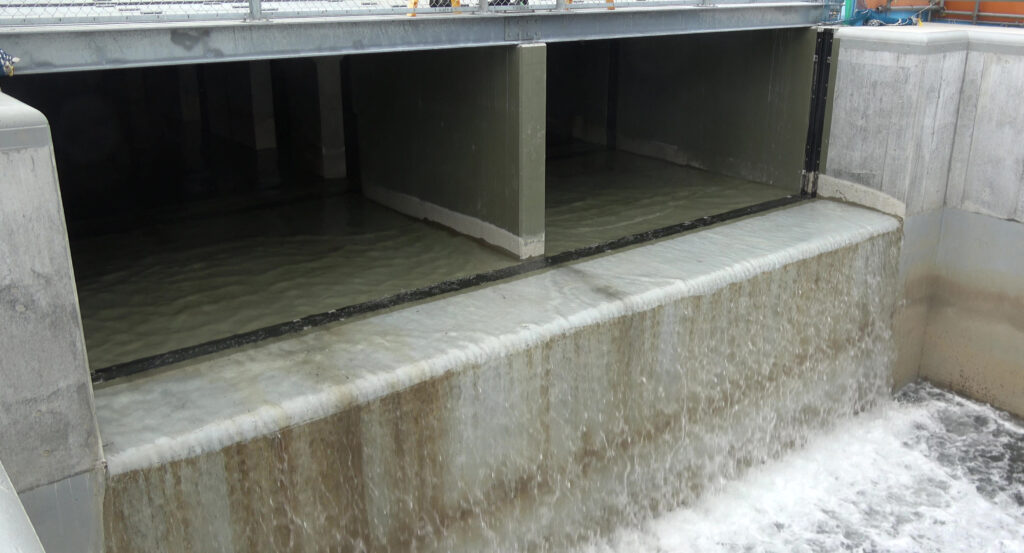
- ARAB NEWS
- 01 Aug 2025

TOKYO: Tokyo Electric Power Company Holdings Inc. aims to start in 2025 dismantling tanks used for storing treated wastewater that have become empty through its discharges of the water into the Pacific since August last year.
TEPCO released a total of 60,000 tons of treated water from its meltdown-stricken Fukushima No. 1 nuclear power plant in eight rounds of discharges over the past year.
Investigations by the government and TEPCO in the surrounding sea areas have shown that the concentration of the radioactive substance tritium, contained in the treated water, is far below the safety limit. Last month, the International Atomic Energy Agency published a report that the water releases meet international safety standards.
TEPCO will begin dismantling the empty tanks as early as next year so that the space occupied by the tanks will be used as a site for full-scale work to remove nuclear fuel debris in reactor buildings generated by the meltdown accident, which followed the March 2011 temblor and tsunami that hit hard the Tohoku northeastern region.
The water releases have been progressing largely according to plan, but there have been some suspensions, including one in March this year following a major quake and another in April due to a power supply interruption caused by damage to an underground cable during on-site excavation work.
In addition, a trial to collect a debris sample planned for last week was canceled due to a device installation error.
A TEPCO official said that the company will “maintain a sense of tension” to ensure smooth water releases also in the future.
TEPCO discharges about 7,800 tons of treated water per round. Before releasing the water, TEPCO dilutes it with large amounts of seawater and conducts checks to confirm that the concentrations of tritium and other radioactive substances in the diluted water are below safety limits.
Despite the discharges, however, the amounts of treated water stored at the Fukushima plant do not decrease rapidly.
This is because water contaminated with radioactive substances continues to be generated daily. TEPCO needs to keep cooling nuclear fuel debris with water, while rainwater continues entering reactor buildings damaged by the quake and tsunami.
In the previous fiscal year, around 31,200 tons were released in four rounds of discharges, while 80 tons of contaminated water were generated daily.
This translated into a net decrease of about 19,000 tons for the year, leading to a reduction in the total amounts stored to 95 percent of capacity from 98 percent. The tardy progress, however, was better than forecast thanks to limited rainfall.
TEPCO plans to dismantle 12 empty treated water tanks out of about 1,000 existing tanks, in order to secure space to build facilities for analyzing, removing and storing an estimated 880 tons of debris in the No. 1 to No. 3 reactors.
From 2020, TEPCO monitors tritium levels in the waters surrounding the nuclear plant and discloses the results on its website.
The highest recorded level to date is 29 becquerels per liter, marked in May this year, far below the limit of 1,500 becquerels per liter set by TEPCO in line with central government policy.
The Environment Ministry and the Fukushima prefectural government also keep checking seawater, fish and seaweed. But the readings have not reached the level that makes it necessary to stop a discharge.
Meanwhile, fishers in Fukushima Prefecture and others have sued the central government and TEPCO to seek a Fukushima District Court decision to halt the discharges. With both the government and TEPCO willing to contest, the dispute goes on.
JIJI Press